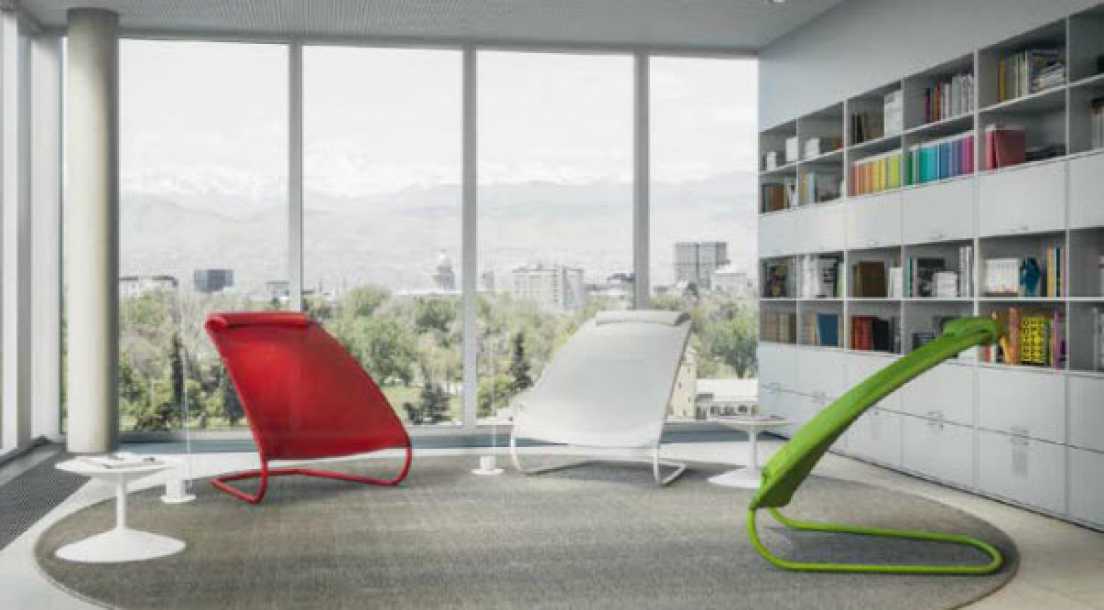With the right room concept to better meetings
Ideal when relaxed working and visual environment harmonize, lively seating culture leads to success, internal working methods transfer to external visitors. Then your meeting rooms are optimally planned and create conditions for creative gatherings.

Complaints about the poor meeting culture in companies do not fill volumes without reason. According to one Study by Bain & Company managers waste a lot of working time in meetings. They spend a good two days a week in meetings - many of which take place only out of habit and are often unnecessary.
In a similar survey conducted by staffing firm OfficeTeam a quarter of respondents believe that at least every second meeting is unproductive or superfluous. They cite a lack of goals, no concrete agenda, poor preparation, a lack of discussion discipline or a lack of concentration as reasons for the failure of meetings.
Meeting rooms with optimization potential
In addition to the behavior of the meeting participants, a room has a great influence on the quality of meetings. Not every room is suitable for every meeting. The large meeting room with the usually oversized table is rarely suitable: Two people feel lost, and the furniture is too rigid for project meetings in small teams, stifling any inspiration. Only for the annual board meeting does the furniture fit like a glove.
In fact, meeting rooms have considerable potential for optimization. This was also noted by the Fraunhofer Institute for Industrial Engineering and Organization ILO notes. His researchers found that there is a positive correlation between room and meeting quality. Based on these findings, the IAO, together with Interstuhl, developed the MeetingAnalysis tool, which can be used to screen companies' meeting needs.
The office professionals from Funny, The Office Company were the first to use MeetingAnalysis in Switzerland.
Analyze session habits
Step 1: In MeetingAnalysis, the question of communicative needs comes before the question of space. In order to determine them, a questionnaire is available in all meeting rooms for a limited period of time during the analysis phase. The questionnaire is used to find out who meets, how long the meeting lasts, what is discussed, how visualized and which techniques are used.
Step 2: The data is evaluated and the effective needs are determined and graphically displayed. The meeting types where there is potential for optimization are quickly and clearly identified. For example, there is often a lack of suitable locations for dialog, project meetings or work meetings. With these results as a basis, further information about the company and the needs of the employees, the meeting rooms can finally be planned and equipped.
Meetings in the right atmosphere
The furnishings and room layout have a considerable influence on whether a meeting is successful or not. In addition to the right furniture and the appropriate room layout, small measures are helpful. For example, a few simple questions about the content, the participants and the room can help to approach the meeting organization in a more structured way. With these considerations, unnecessary meetings do not arise in the first place.
interstuhl: http://bit.ly/1hxmrcQ
Frauenhofer IAO: http://bit.ly/1MnJGmJ
FUNNY: https://www.witzig.ch/de









